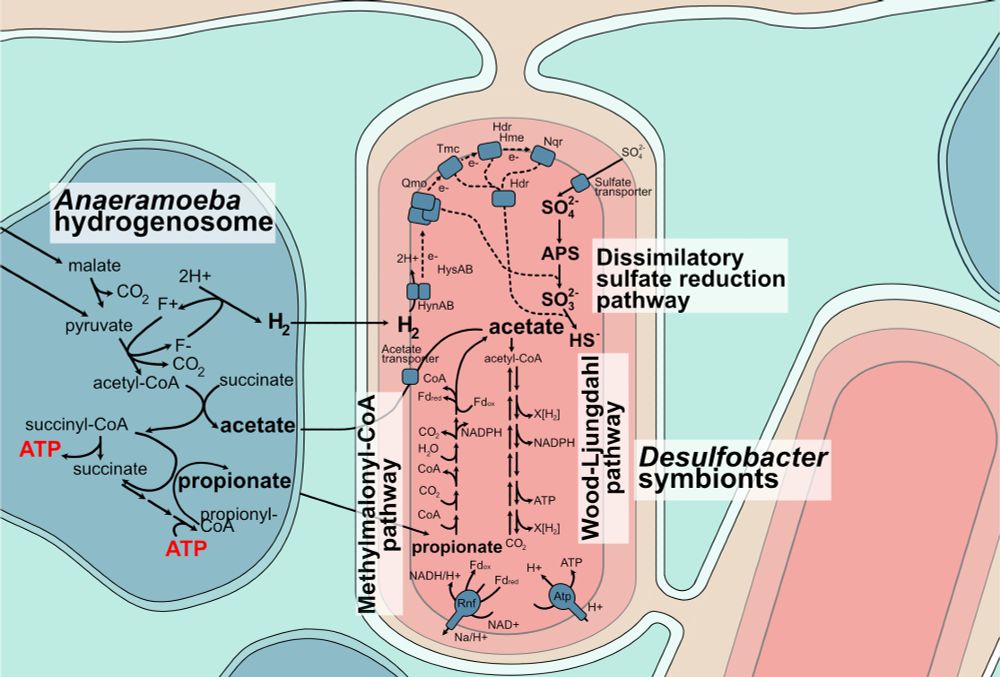Applications are open until December 6. Apply at the link below:
uu.varbi.com/se/what:job/...

Applications are open until December 6. Apply at the link below:
uu.varbi.com/se/what:job/...



(2/11)

(2/11)

